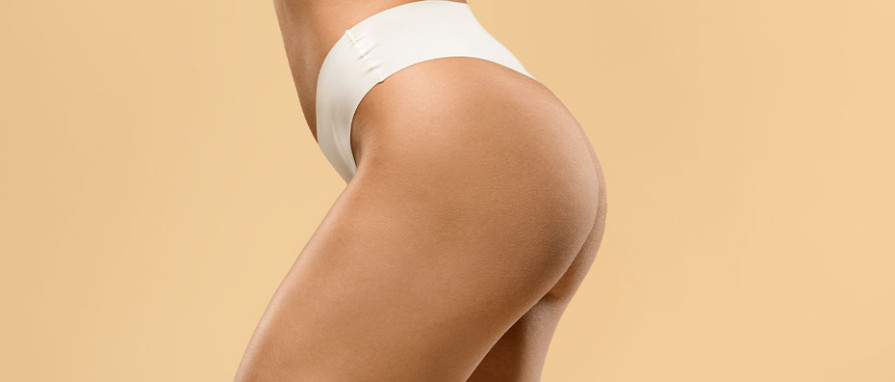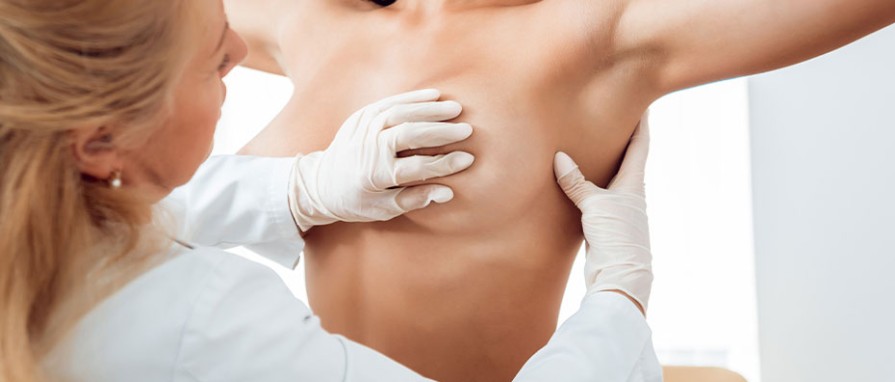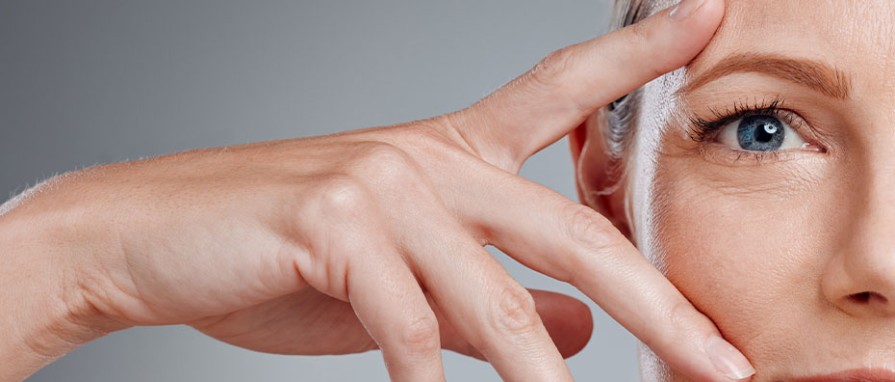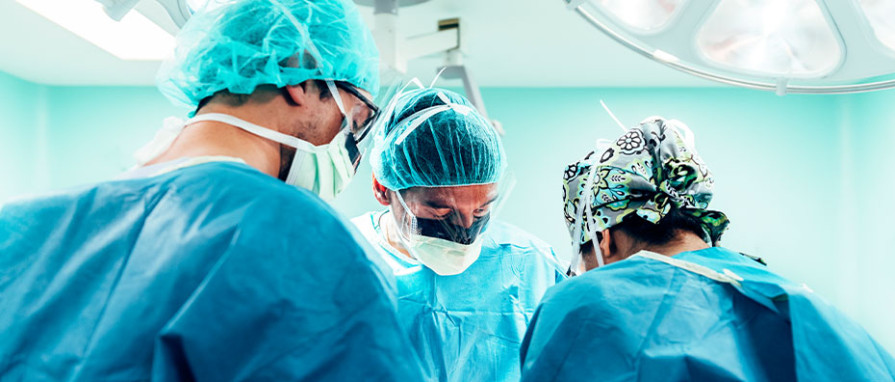
Fat Transfer to the Buttocks: Procedure and Pricing Explained
Buttock aesthetics have become one of the most in-demand body contouring procedures in recent years. For individuals seeking fuller, more lifted, and well-proportioned glutes, several methods are available. Among them, fat transfer to the buttocks—also known as the Brazilian Butt Lift (BBL)—stands out as one of the most natural and body-compatible options. This technique uses fat harvested from the patient's own body to enhance volume and shape. So, who is a suitable candidate for this procedure? How is it performed? What is the recovery like? And most importantly—how much does it cost?

Everything You Need to Know About Breast Augmentation with Fat Transfer
Breast augmentation is one of the most commonly performed procedures in aesthetic surgery. While silicone implants remain the most well-known method, natural alternatives are gaining increasing attention. One such method is breast augmentation with fat transfer—a technique that involves removing fat from the patient’s own body, purifying it, and injecting it into the breasts to achieve a fuller and more harmonious appearance. But who is this method suitable for, how is it performed, what are its advantages, and how long do the results last? Here's everything you need to know.

Who Is a Candidate for Breast Reduction Surgery and What Is the Postoperative Process Like?
Breast reduction surgery is not only pursued for aesthetic purposes but also to alleviate a variety of physical and emotional problems caused by overly large breasts. This condition, known as macromastia, can lead to chronic neck, shoulder, and back pain, posture issues, rashes under the breasts, and difficulty in physical activity. For many women, breast reduction provides both cosmetic and medical benefits. In this article, we explore who is an ideal candidate for the procedure and what to expect during the recovery process.

Preoperative Preparation and Tips Before Aesthetic Surgery
Aesthetic surgery can significantly improve both physical appearance and psychological well-being. However, the final outcome depends not only on the surgical technique but also on how well the patient prepares before the procedure. The preoperative phase is a critical window to optimize healing capacity, minimize risks, and ensure a smoother recovery. In this comprehensive guide, we’ll walk you through everything you need to know and do before undergoing cosmetic surgery—from lifestyle adjustments to practical day-of-surgery tips.

Fat Transfer vs. Silicone Implants in Buttock Augmentation: A Comprehensive Comparison
Buttock aesthetics have become increasingly popular among both women and men seeking more defined, proportionate body contours. Gluteal augmentation is primarily achieved using two techniques: fat transfer (also known as Brazilian Butt Lift) and silicone implants. Each method offers distinct advantages and limitations depending on the patient’s body type, goals, and expectations. In this comprehensive guide, we compare these two popular buttock enhancement procedures and explain when and for whom each is most appropriate.

When Should You Consider a Neck Lift Surgery?
The neck is one of the most noticeable areas affected by aging. Loss of skin elasticity, gravity, fat accumulation, and muscle laxity can all lead to sagging and contour irregularities. These changes can create a visible disconnect between the face and neck, giving a prematurely aged appearance. Neck lift surgery (cervicoplasty and/or platysmaplasty) addresses these issues to restore a firmer, smoother, and more youthful profile. But in what cases is neck lift surgery the right choice? Let’s explore all the details.

Is Fat Injection to the Legs Permanent, and What Are the Results?
Leg aesthetics have become increasingly popular in recent years for both women and men. Issues such as thin calves, asymmetrical thighs, or overall lack of definition can affect body image and self-confidence. Fat injection to the legs (lipofilling) is a technique in which fat harvested from the patient’s own body is purified and injected into targeted areas for a fuller, more proportional look. But how permanent is this procedure, what results can you expect, and who is it best suited for? Let’s explore the details.

Revitalize Your Look with Periorbital (Eye Area) Aesthetic Treatments
The eye area is one of the first facial regions to show signs of aging. Sagging eyelids, under-eye bags, dark circles, and fine lines not only impact appearance but can also affect visual comfort and self-confidence. Periorbital aesthetics refers to a group of surgical and non-surgical treatments that rejuvenate the eye contour, improve symmetry, and restore a fresh, alert appearance. In this article, we explore the most common procedures, ideal candidates, and the benefits of modern eye rejuvenation techniques.

Which Aesthetic Surgeries Are Preferred to Achieve a Younger Appearance?
Aging is a natural process, but it often leads to visible changes such as sagging skin, loss of collagen, volume depletion, and deepening facial lines. These signs can make the face and body appear older and fatigued. For those looking to maintain a youthful appearance or reverse signs of aging, modern aesthetic surgery offers highly effective and natural-looking solutions. But which procedures are most commonly preferred for looking younger, and what specific concerns do they address? Let’s explore the most effective surgical anti-aging options.

 TR
TR  ES
ES  DE
DE 





